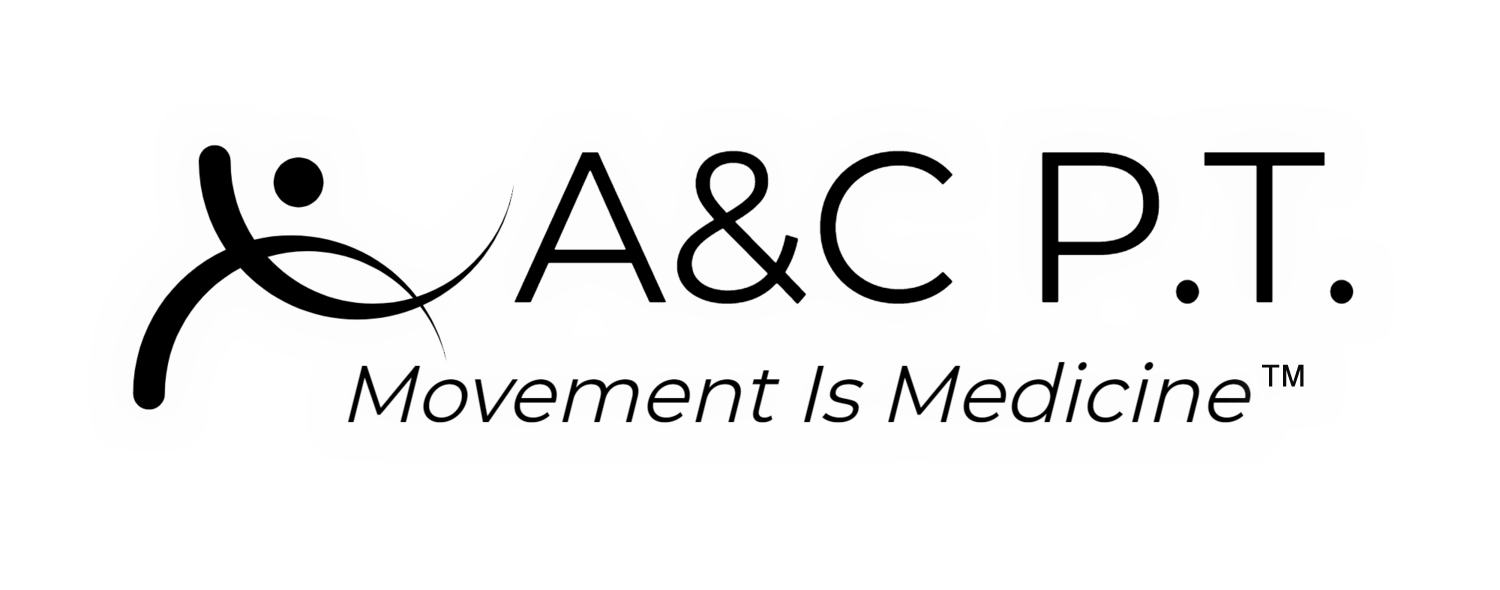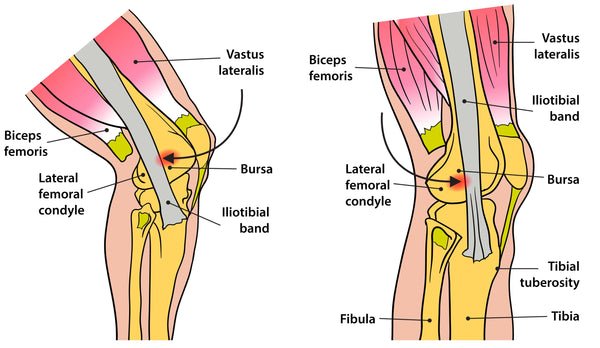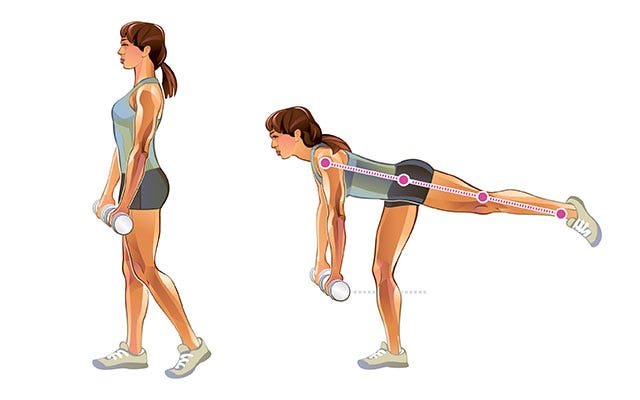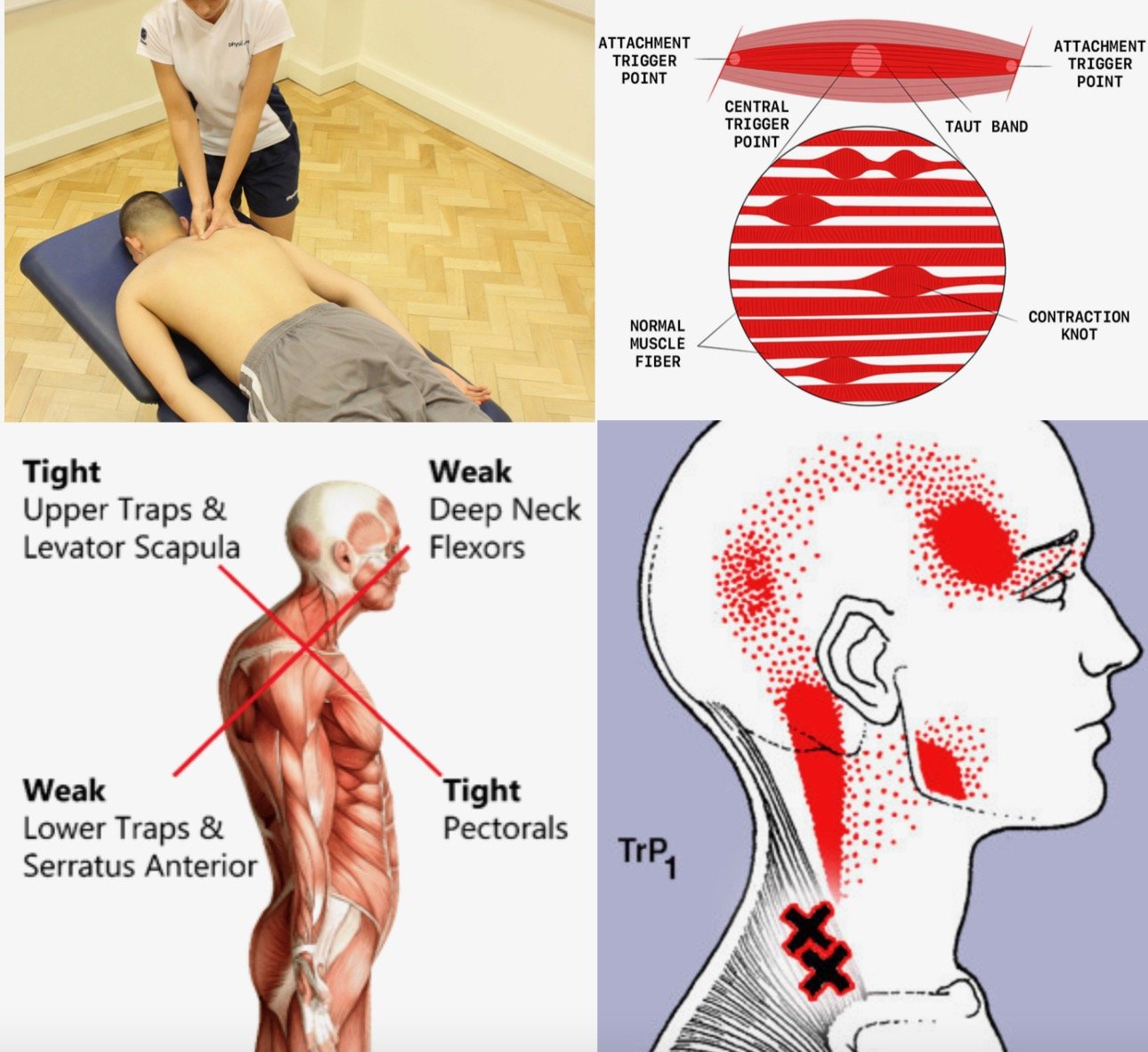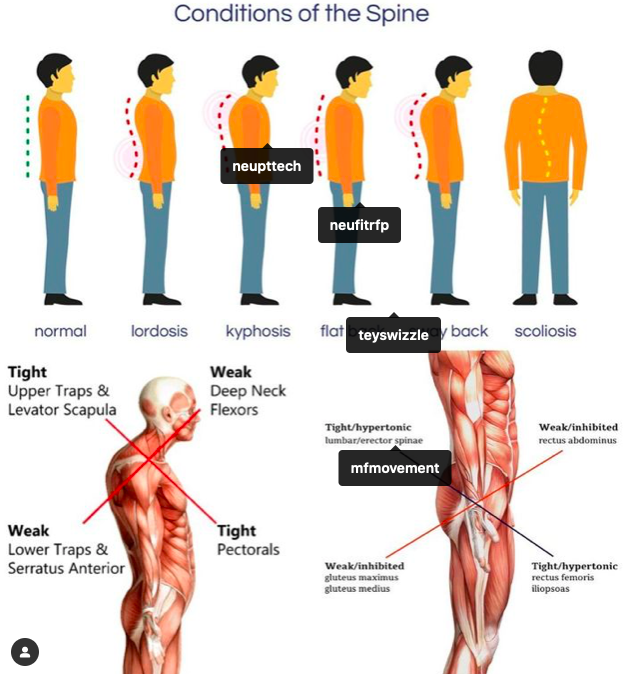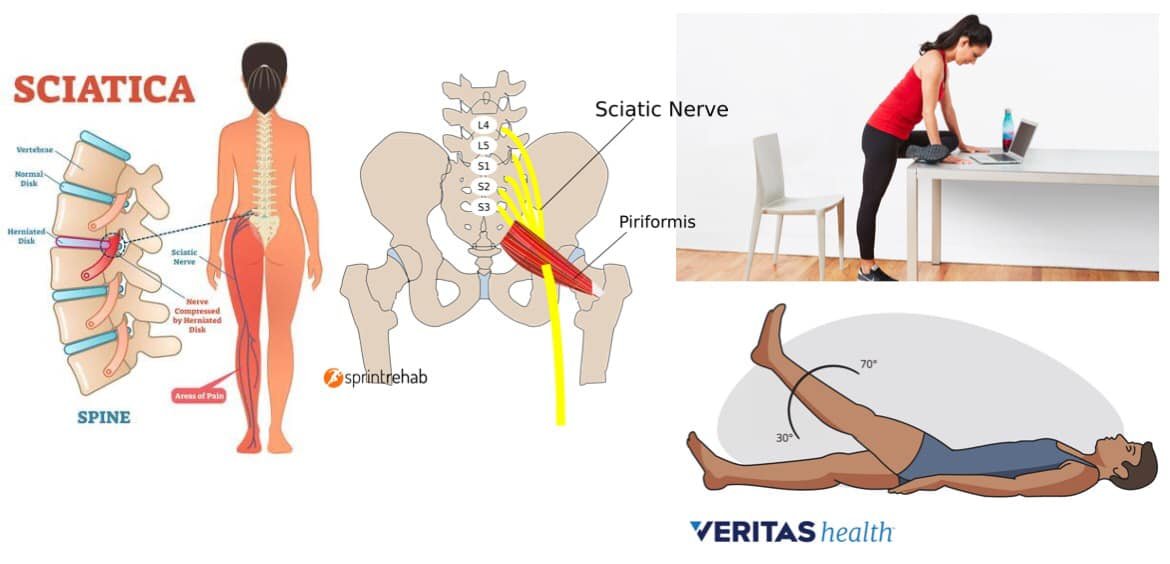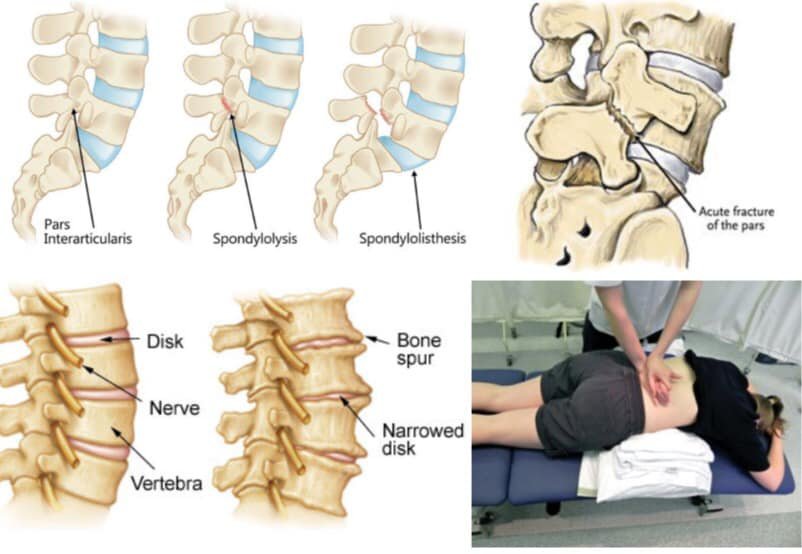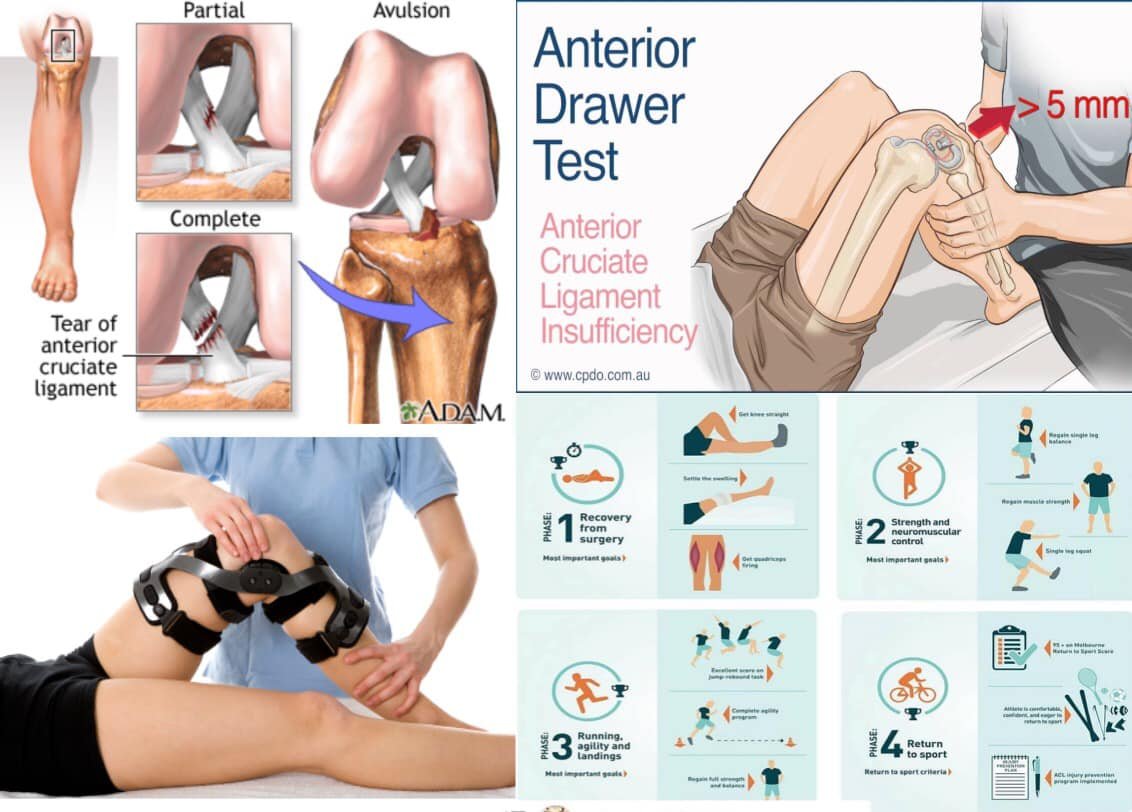Basic Walking (Partial Weight-Bearing)
Starting Stance: Hold crutches a few inches in front and to the sides of your feet.
Move Crutches: Move both crutches forward about 12 inches.
Step with Injured Leg: Move your injured leg forward, placing your foot between the crutches, bearing only allowed weight.
Step with Strong Leg: Swing your strong leg forward, past the crutches, to complete the step.
Repeat: Look forward, not down, and repeat the sequence.
Non-Weight-Bearing (Injured leg stays off floor)
Starting Stance: Crutches forward, about 12 inches out.
Swing Through: Lean forward, push down on handgrips (not armpits), and hop your strong leg forward past the crutches.
Regain Balance: Land on your strong foot and move crutches forward for the next hop.
Going Up Stairs (with handrail)
Position:
Handrail with one hand, one crutch with the other. Strong leg on the step below.
Step Up:
Step up with your strong leg, then bring the injured leg and crutch up together.
Going Down Stairs (with handrail)
Position:
Handrail with one hand, one crutch with the other. Injured leg on the step below.
Step Down:
Lower the crutch and injured leg to the step below first, then bring your strong leg down.
Important Tips
Fit: Pads should be 2-3 finger-widths below your armpits when standing.
Weight: Always put weight through your hands/grips, not your armpits, to avoid nerve damage.
Posture: Keep your head up and look forward.
Turning: Turn by moving the crutches in the direction you want to go, then pivot with your strong foot.
